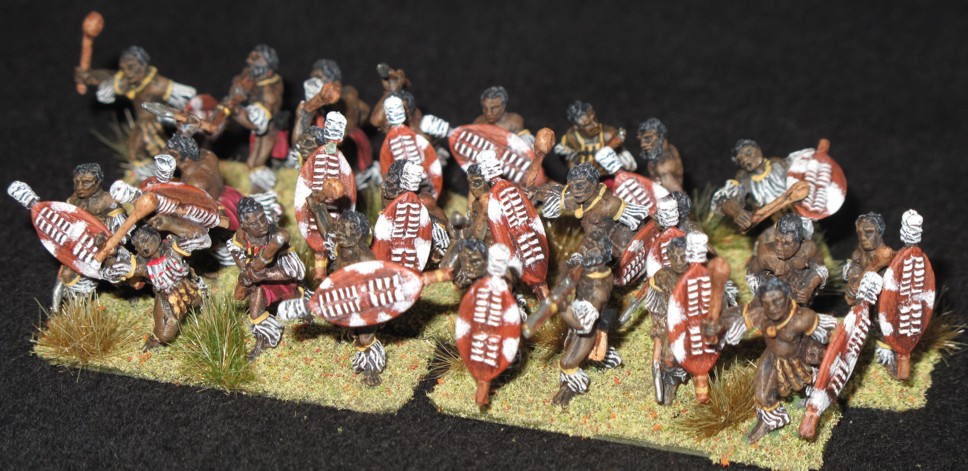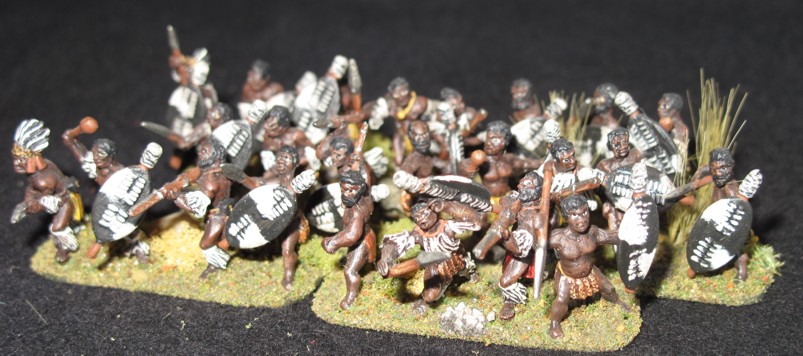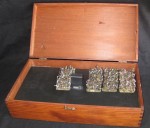
Ready to defend Swedish soil or perhaps add a little! I think they have a very distinctive look easily recognized on they battlefield.
I rarely paint for hire, then if I do its for a friend who wants “Something special” and when one of the “Dogs of War” gaming buddies Frank asked several times to think about painting his Swedish Warband for use with the “Donnybrook” rules system I hesitated to do it. I looked at the figures from the “Assault Group”, 24 infantry, 12 cavalry he had already purchased, they were very nice, well-proportioned and sculpted. These were no “old Glory” figures, these would paint up well but would show any mistake or lack of care. In other words, they would look great if painted well, short cuts would show with these unlike “rougher sculpted” figure types. I decided that the cash generated from the commission would slide me into my 28mm Samurai Warband figures from the Perry’s nicely, so I agreed.
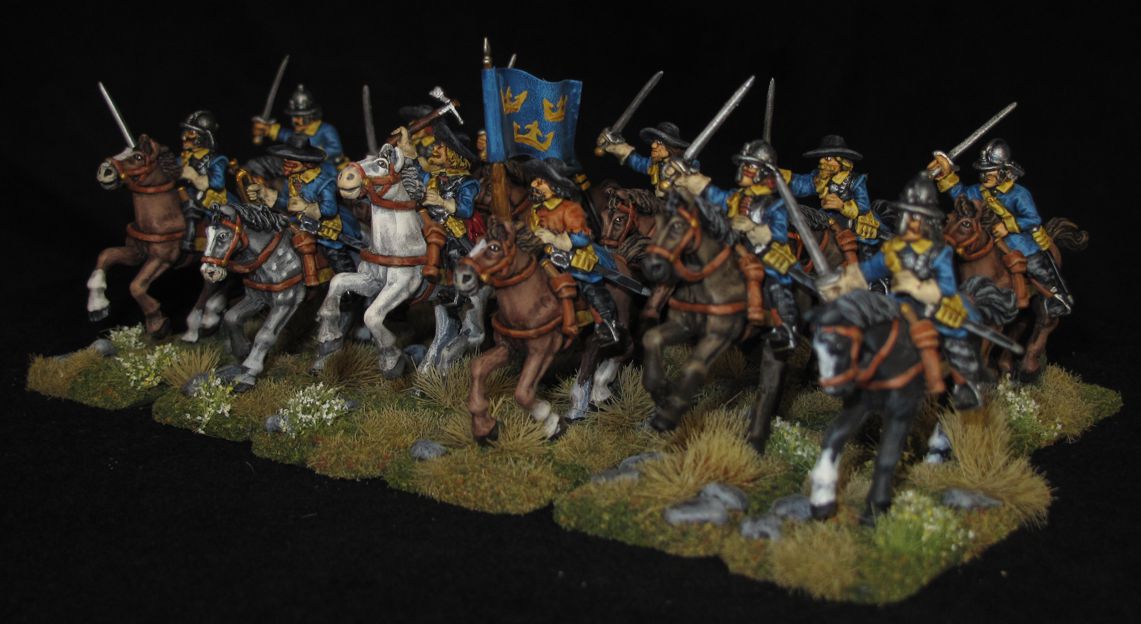
For a long time I have dreaded painting horses, tough to make look “alive”, I think over the years I have developed a style and method that accomplishes this and is almost “fun” for me to do!
There was also going to be quite a bit of custom work involved, hand made pikes, pose alterations, and custom flags to be made. I also do very custom bases on my figures and when I paint for others it’s a complete “head to toe” job, flag tip down to magnetic base. I don’t want a great looking figures sitting on a so-so base! I take quite a bit of time on figure prep and finish since I think the majority of figure painters and especially sellers don’t! I have seen quite a few mini’s in my day and lots of friends have purchased figures to flush out their collections. The vast majority of these figures are not prepped properly or coated and sealed after painting resulting in wear marks from handling, spears, swords, and other pieces breaking off, and the flocking and basing looking old and worn very quickly. Cheap figures ALWAYS have a short cut involved, that’s why their CHEAP. A good automotive primer sprayed on and left to dry for 24 hours is best. Sealing with at least two coats of GLOSS COAT is a must, DULL COAT is NO protection! Let the Gloss coat dry for 12 hours, less depending on weather (dry and hot out) or speed it up GENTLY with a warm blow dryer! My figures and much of my terrain has been done this way and you can take my stuff to the sink and gently was off dust with cool water and a soft brush! If need be.
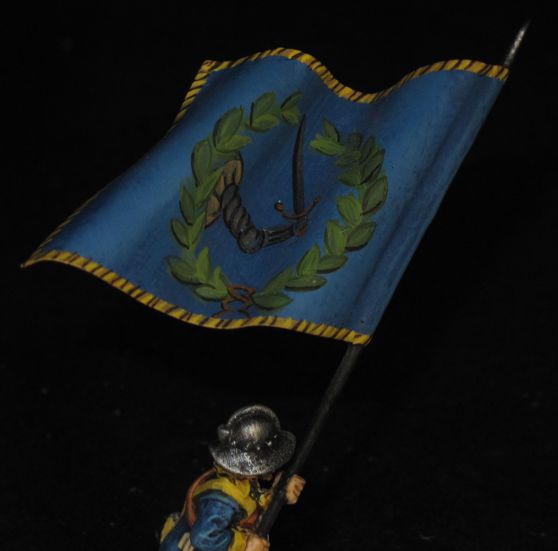
I make my own flags, copper sheet, and handpaint them, I think for better or worse its now a completely “painted” figure.
The job was tough but it was also fun! It was a period I had not painted and the color scheme included lots of yellow, a color that is always tough to paint. Below is a short run down of what was done. The pictures will speak for themselves as to how successful I was…enjoy!
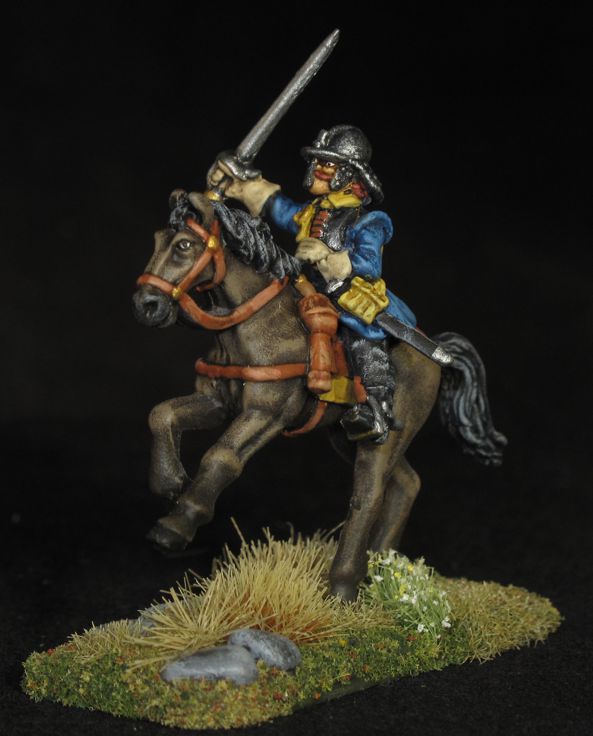
A little cutting and filling can make horse’s look quite different from one another and add a dynamic feeling.
I played a game of “Donnybrook” at the “Dog Pound” Saturday and enjoyed it! Not sure if I’ll bite, jury is still out as I’m not a fan of card driven activation where you can have a player sit around doing nothing for most of the game, as well as units unable to react to clear threats for to long a period. The use of so many different dice to preform actions and the fact they change as a unit takes damage is a bit confusing and I think could have been handled differently. I will play again since I have Moors that can be used, perhaps Frank won’t want his Swedish, and it’s really about getting together with friends, kibitzing, and just having fun!
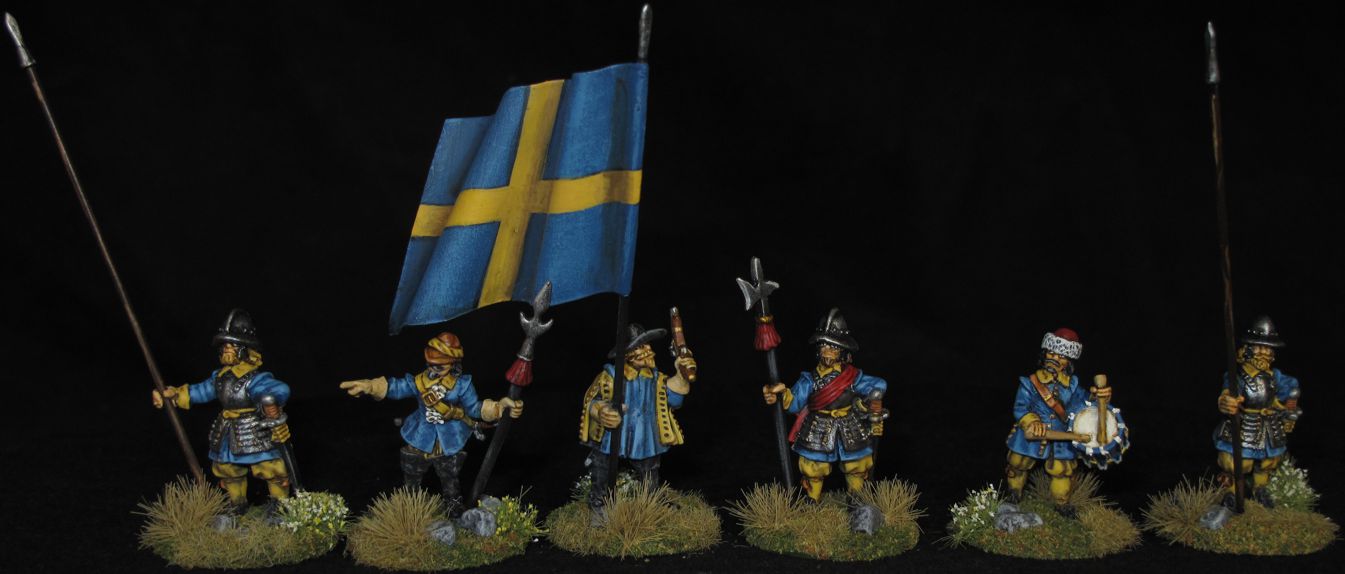
The command group from the Pike-man unit. These are really nicely sculpted and have great poses! Click and enlarge the picture we reveal the pike tip work done with kneadite “green stuff”
Swedish Warband 1630,
(36 x 28mm Figures, 24 infantry plus 12 cavalry)
Clean and prep. (mold lines and flash removed, figures washed, hands drilled)
Figure modifying and assembly. (Including handmade pikes & horse positioning)
Handmade flags and poles. (custom copper flags and steel poles.)
Prime with high quality automotive primer. (Krylon ulta flat black)
Painting to a Collector Standard. (Blending, highlighting, washes, aging, ect..)
Hand painted flags. (3 separate designs attributed to “The Blue Regiment”)
Figure sealing. (two coat of Testors gloss coat on figures, One coat gloss to seal base material, One coat dull coat to entire finished figure and base)
Mounting (3mm Litko plywood + .30mm magnets, custom 45 degree base clipping)
Base treatment. (filler putty, rocks, paint. Two color flock, Static grass, Tufting and flowers) The entire base is gloss coat sealed and the figure can be lightly washed, softly and quickly in cold water if needed to remove future dust.

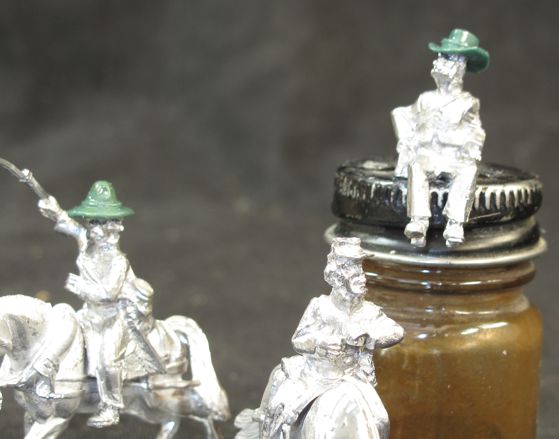
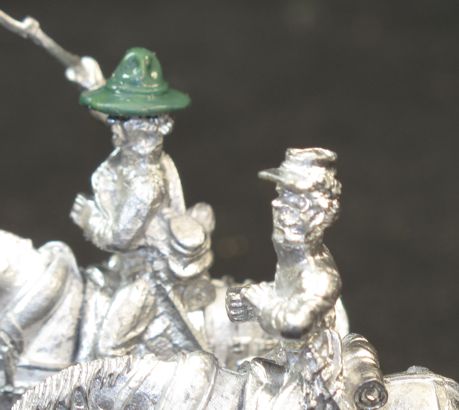
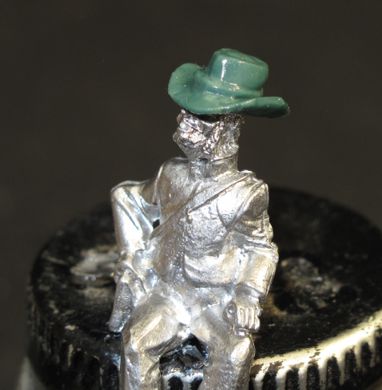

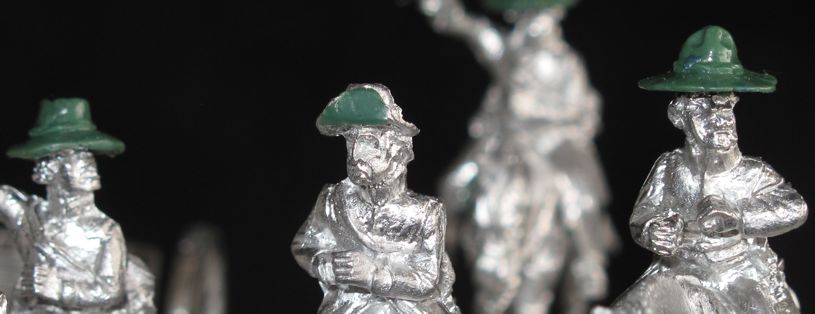












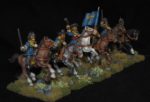
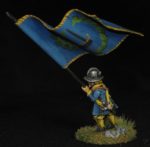


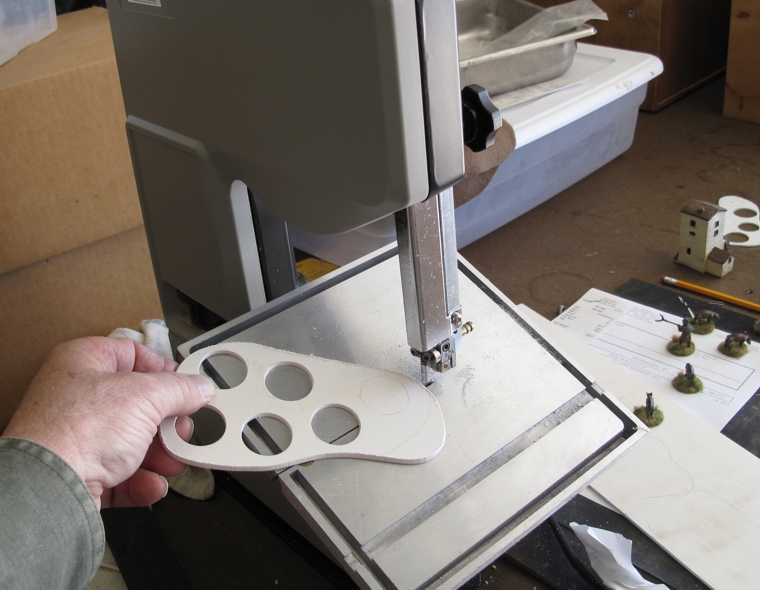
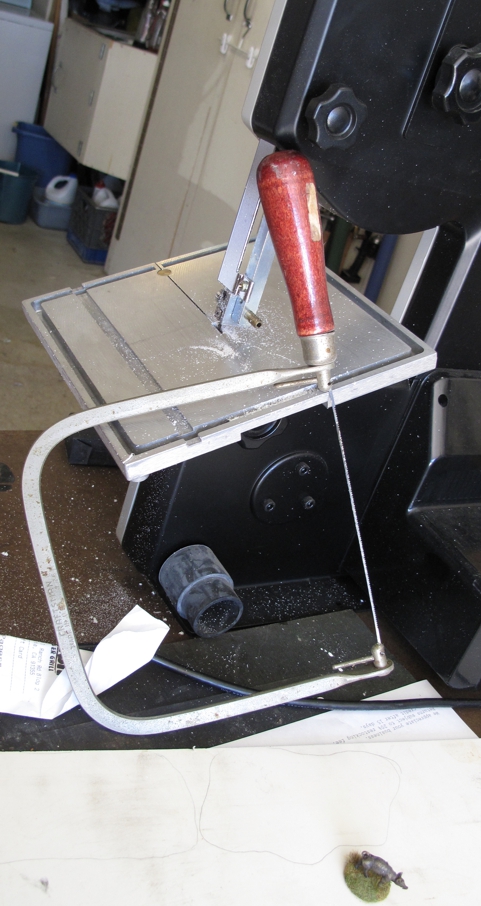
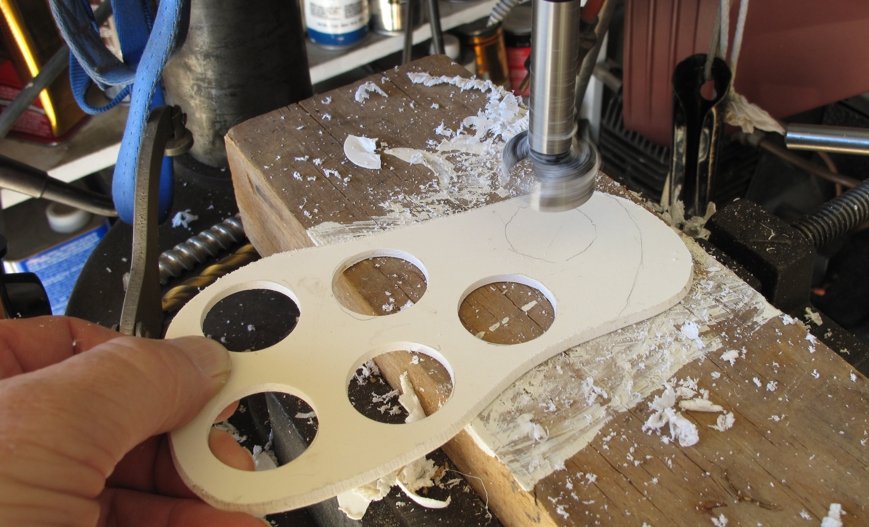
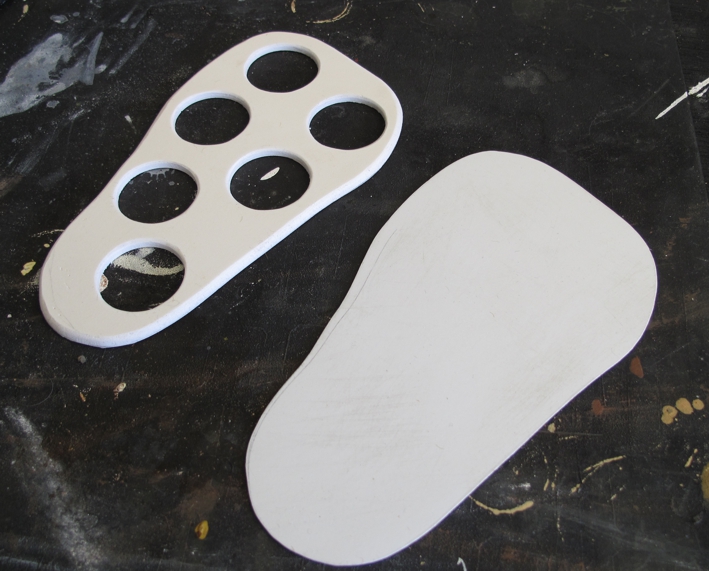

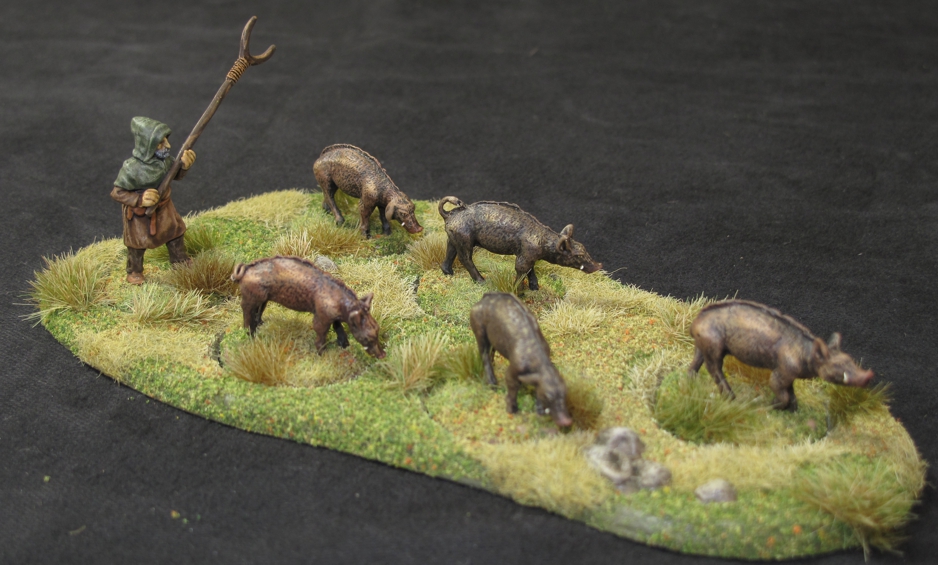
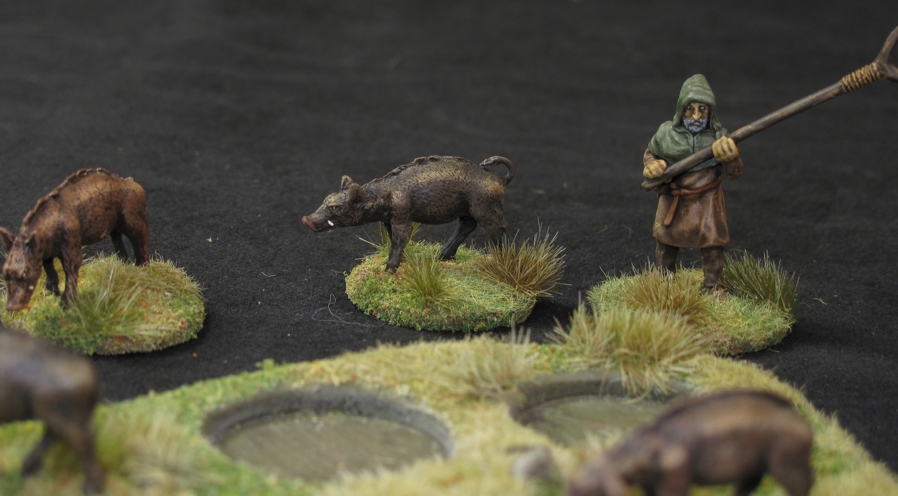
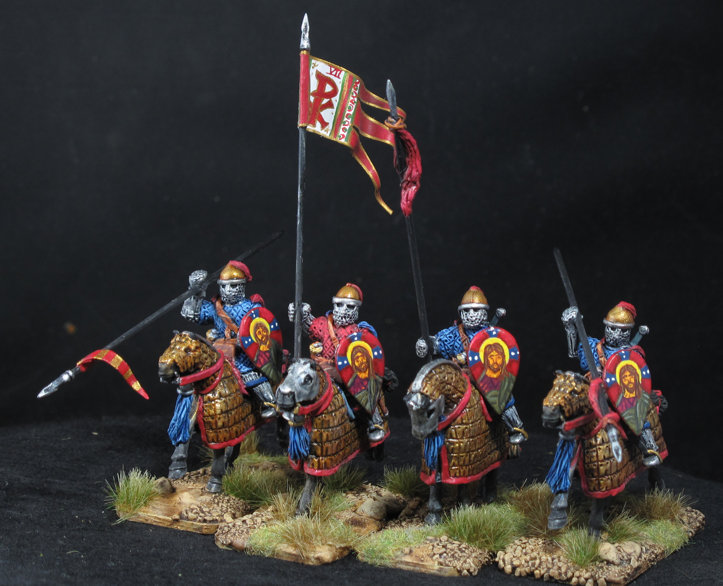

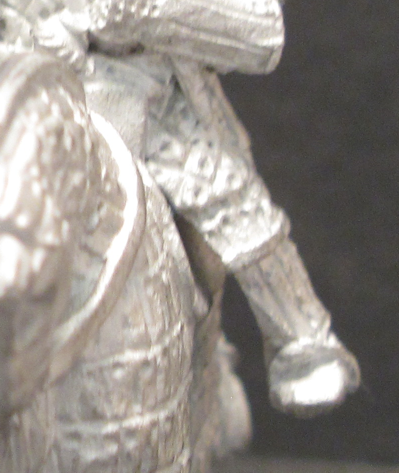
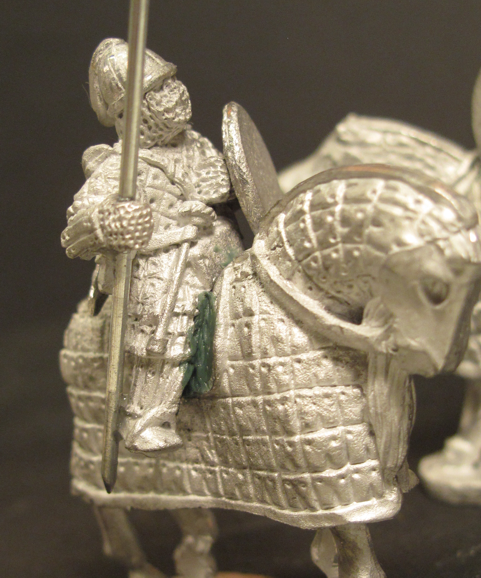
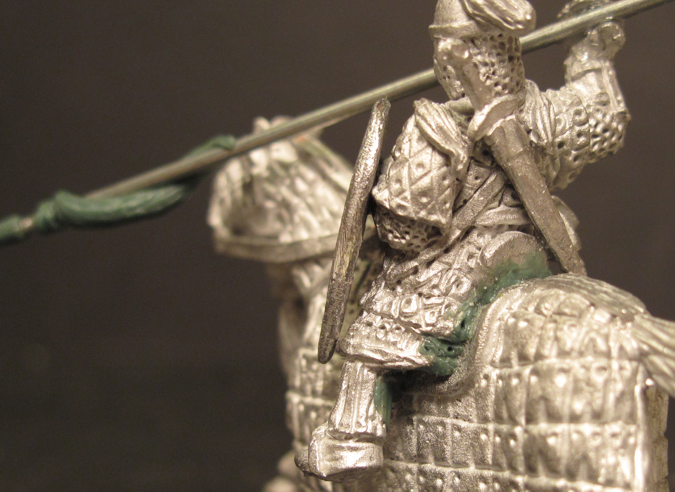

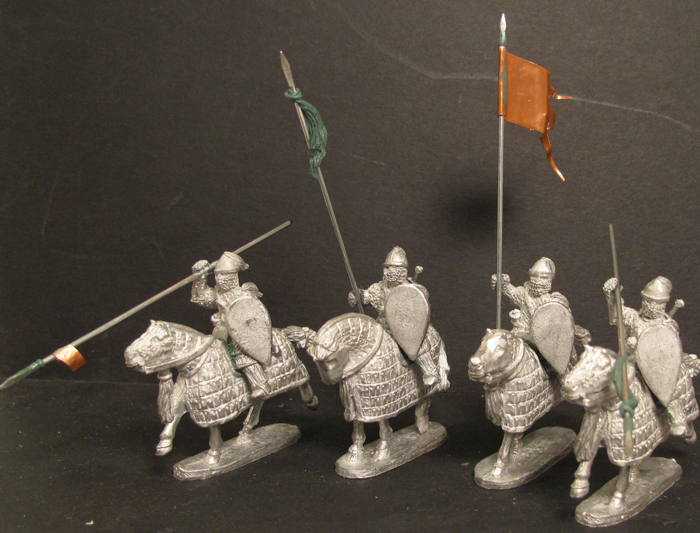
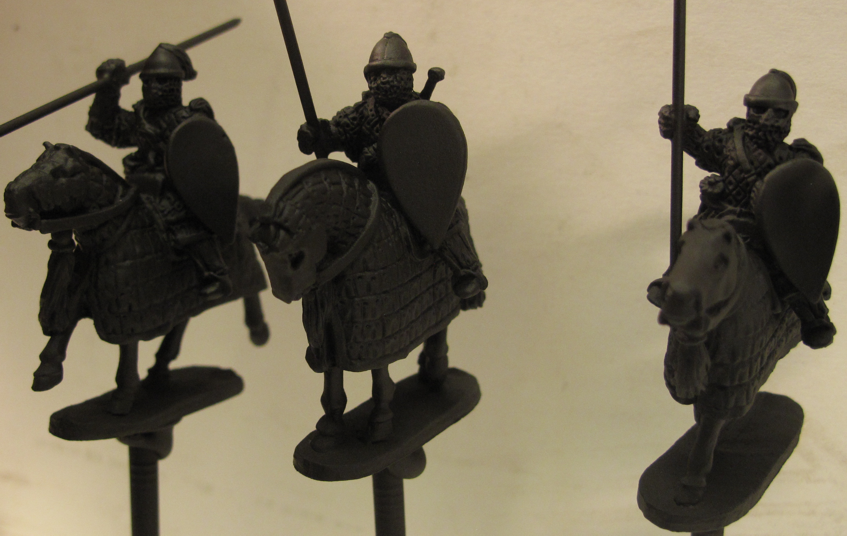

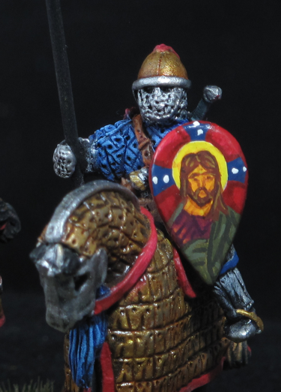




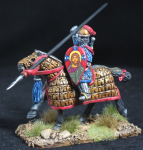
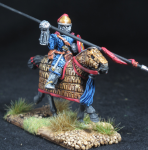

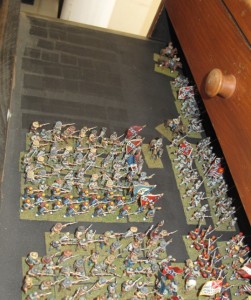
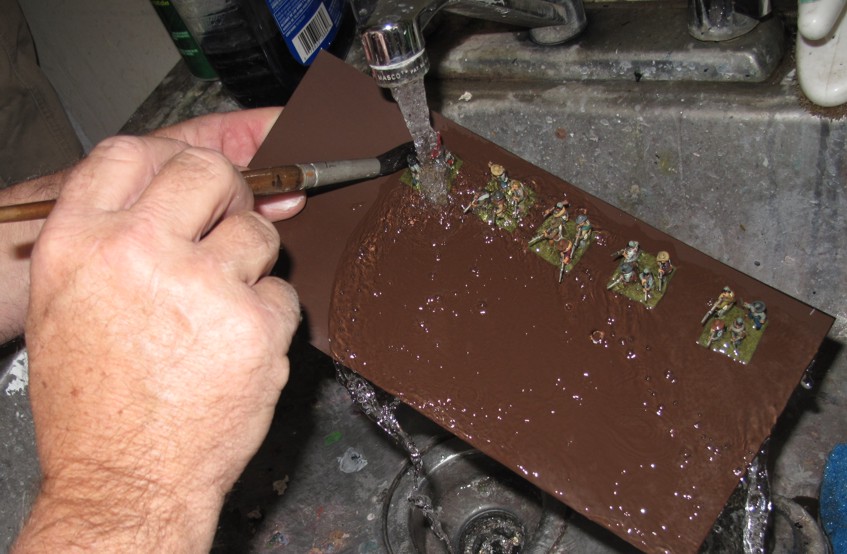
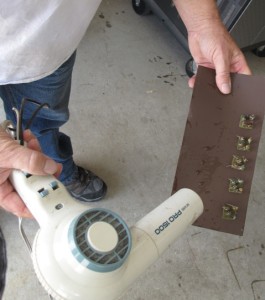
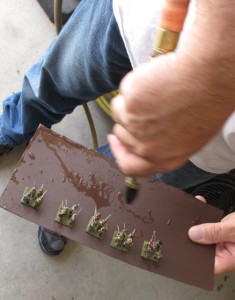


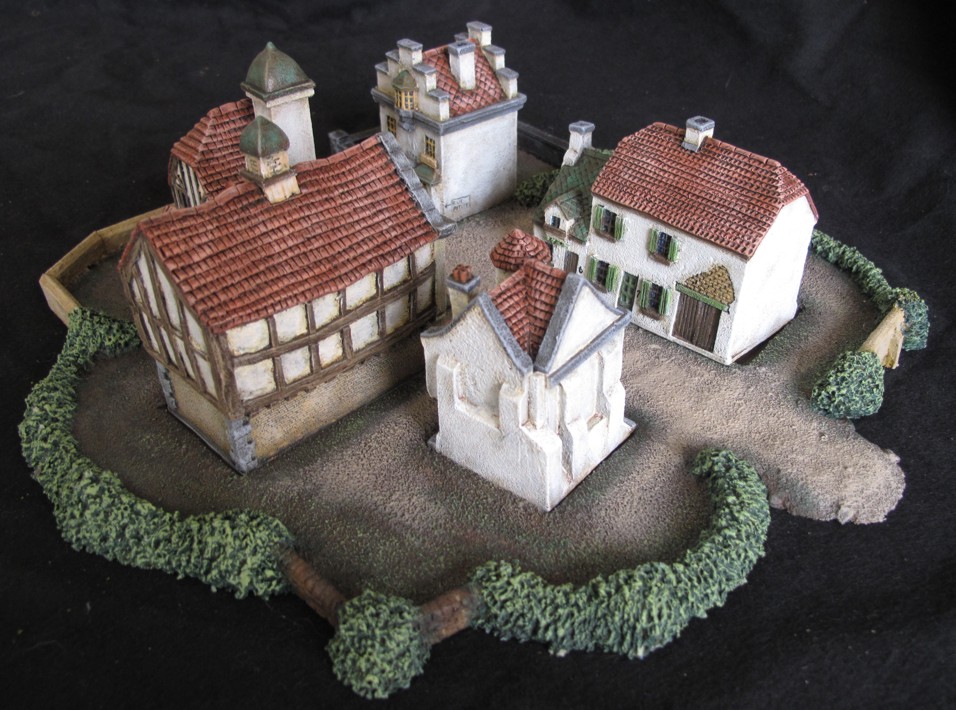

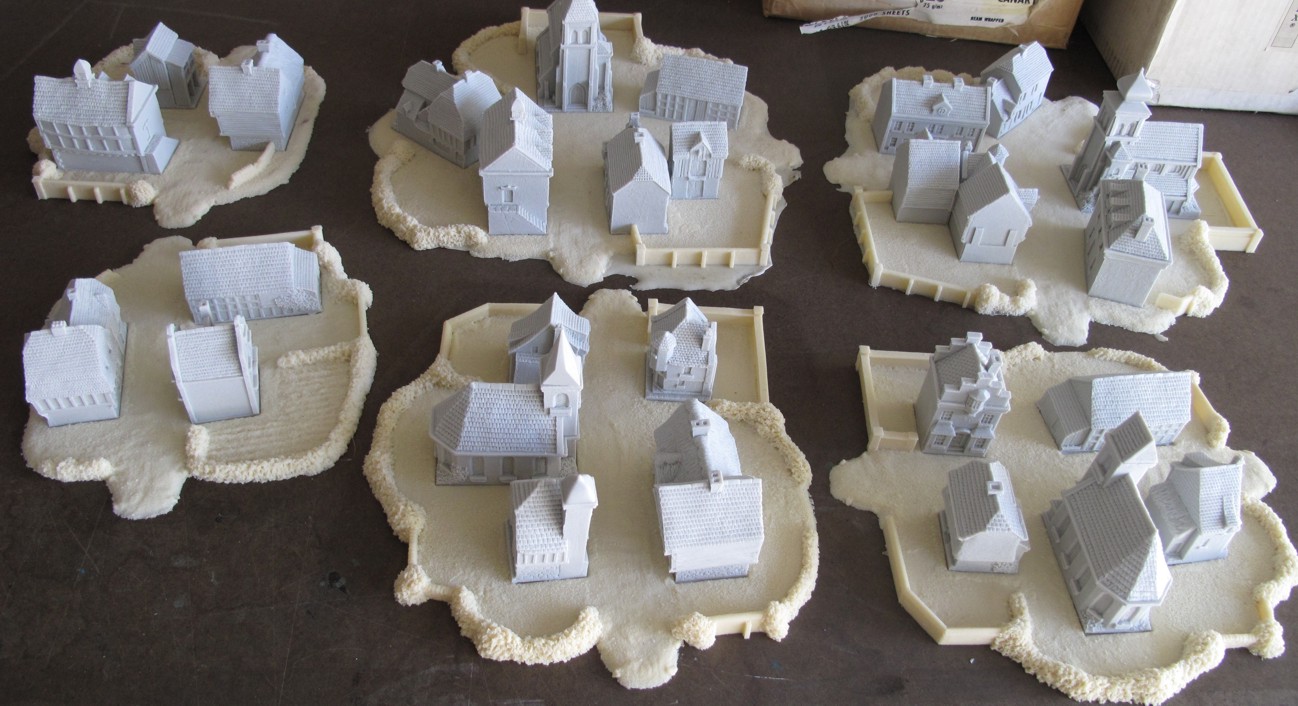
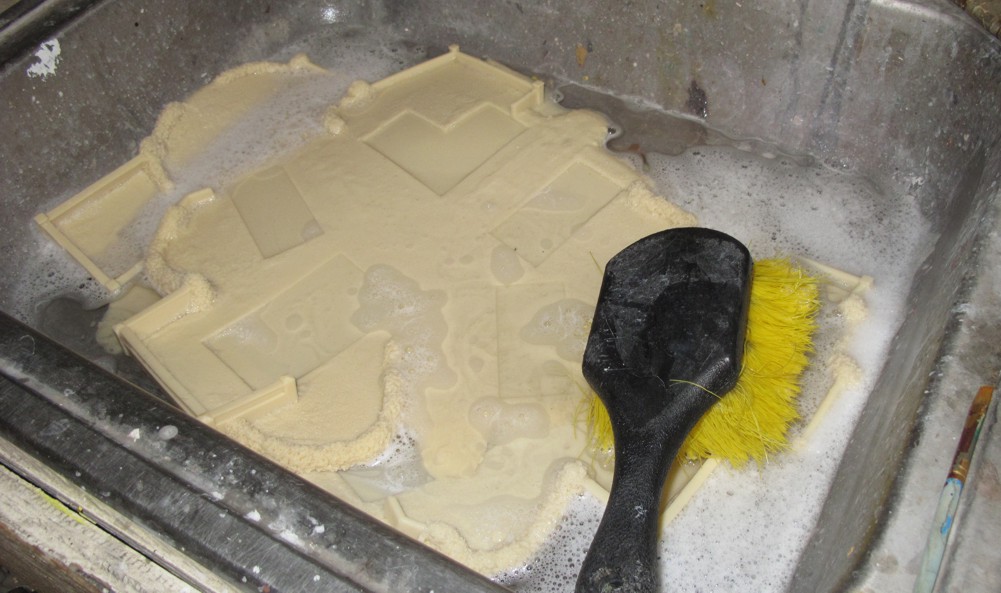
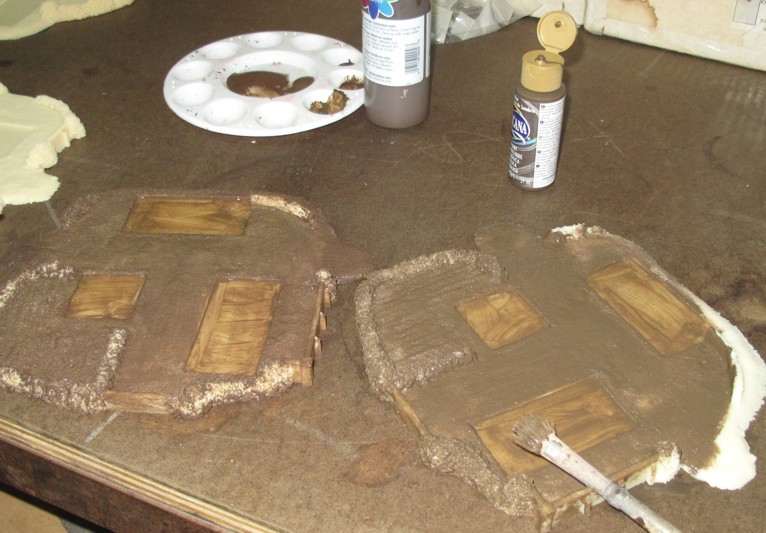
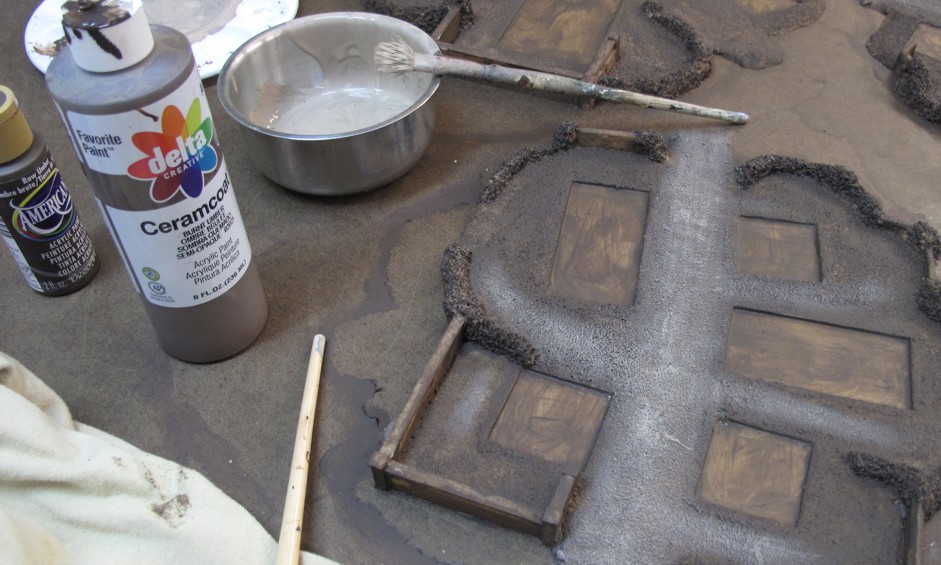
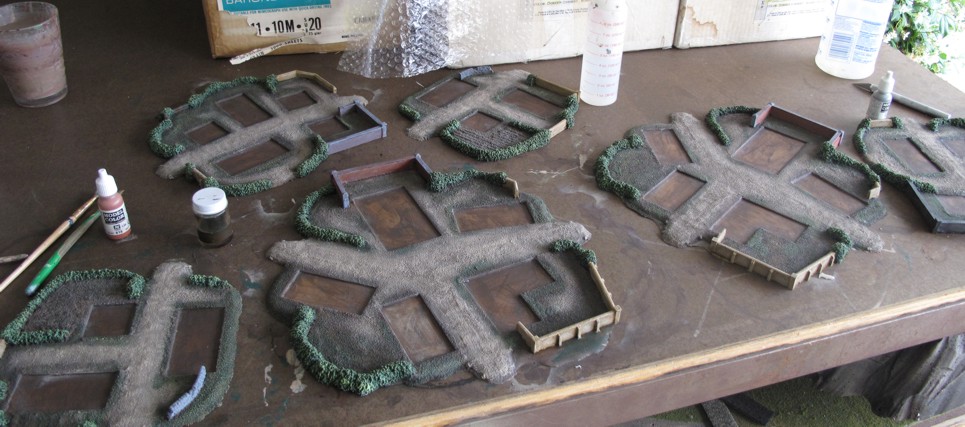
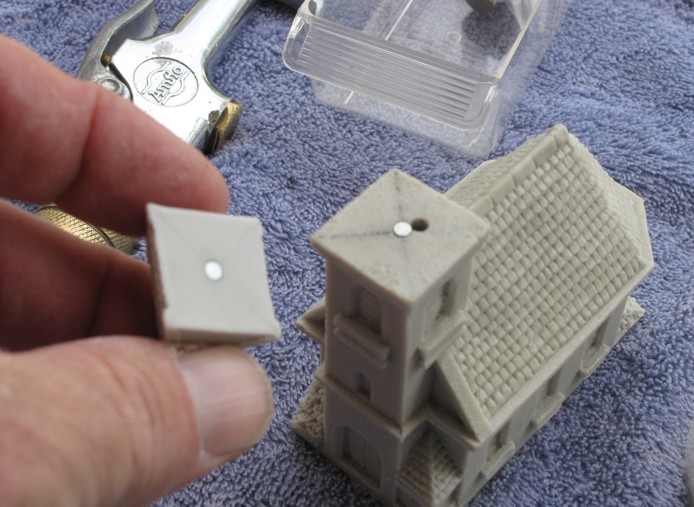
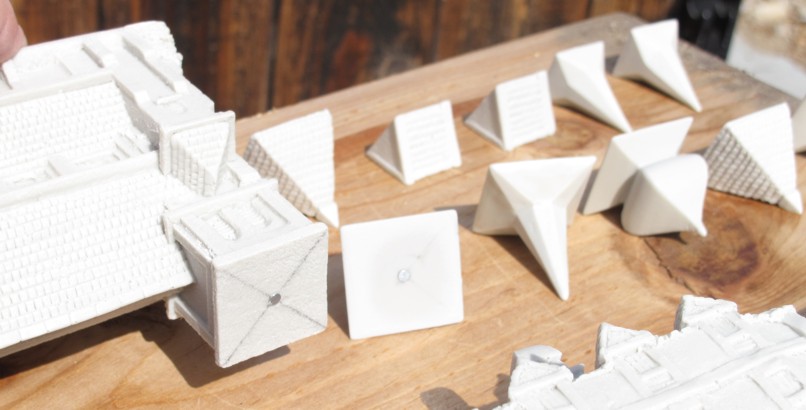

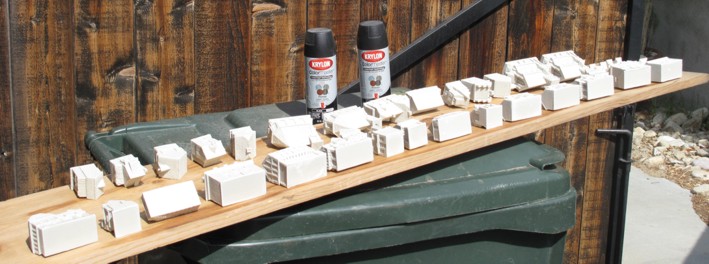
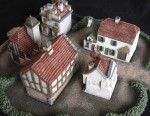




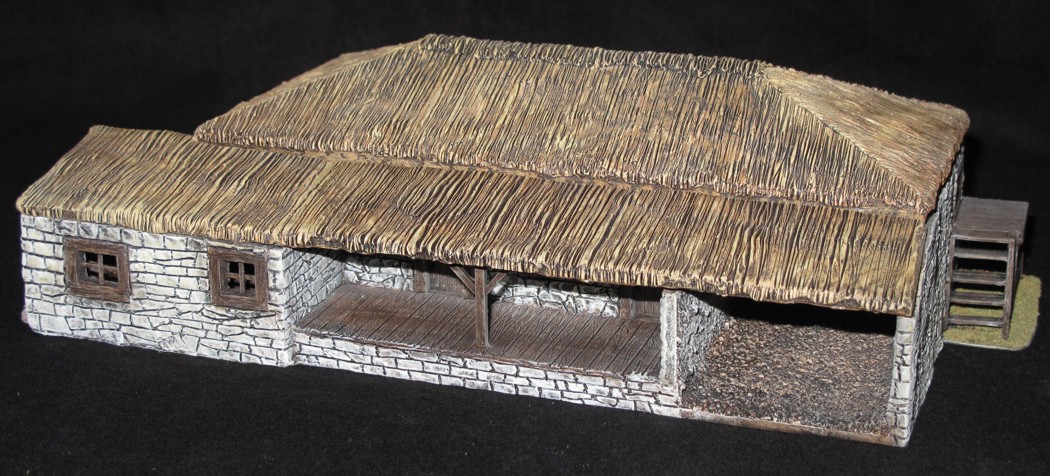
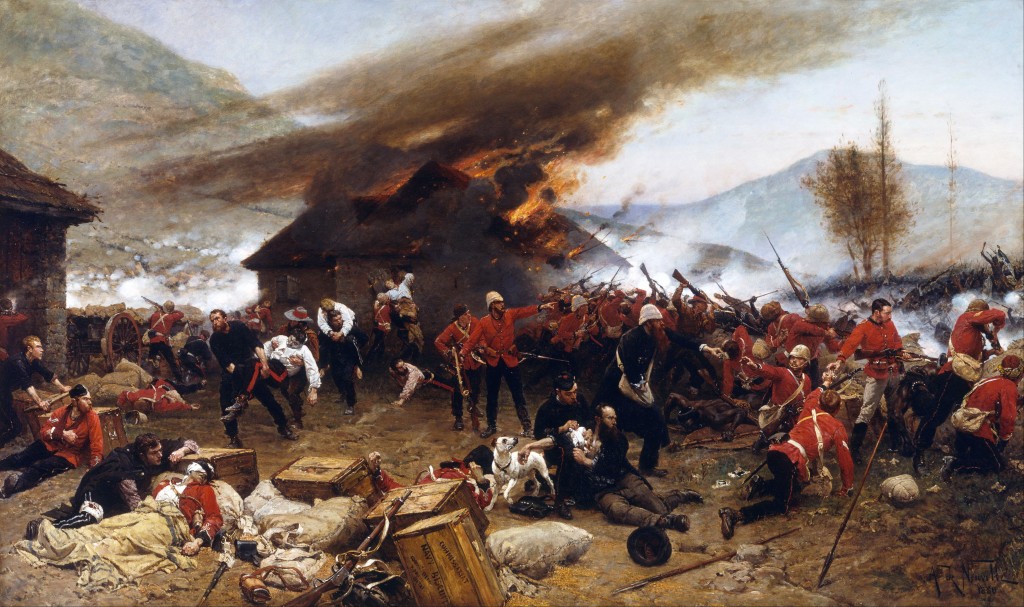 Thought I would post a few pictures of an ongoing project of mine. Years ago at the “HISTORICON” wargaming convention I picked up the “Old Glory” 15mm “Rourke’s Drift”
Thought I would post a few pictures of an ongoing project of mine. Years ago at the “HISTORICON” wargaming convention I picked up the “Old Glory” 15mm “Rourke’s Drift” 
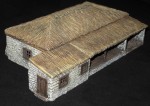



 then coated in clear gloss followed by some matte spray.
then coated in clear gloss followed by some matte spray.